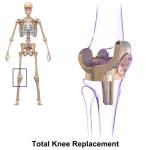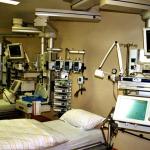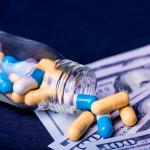In a poster presentation at the American Academy of Orthopedic Surgery meeting, a paper demonstrates that the cost of hip and knee replacements can be significantly decreased with no change in outcomes and no greater rates of complications.
healthcare costs
The Trump Administration issued two executive orders relating to biomedical science in recent days. The first involved the regulation of biotechnology products, and the second involved transparency in healthcare costs.
It is commonly believed by some that the cost of care in teaching hospitals, the sites where we train future physicians, is higher than that of community hospitals that do not have the additional burden of trainees.
It’s tax-day today. It is also the forever day for tobacco companies when their settlement requires a payment of $9 billion to the states for the cost of tobacco-related illnesses, cardiovascular disease, lung disease, and cancers.
Insurance in trying to reduce costs has more frequently favored the stick over the carrot. The stick’s most common forms are high deductibles and co-payments, creating enough friction, they hope, to make you think twice.
The use of stents to repair an aneurysmal aorta [1] has revolutionized vascular surgery, taking a 3-hour operation with a 5-7 day stay in the hospital and creating a 2-hour procedure with hospitalization overnight.
Bill Hammond writing on New York's hospital readmission in Empire Center noted: “modestly improved grades for reducing avoidable admis
Several years after the ACA ("Obamacare") passed, healthcare costs continue to rise in America.
In terms of public perception, drug companies rank in the gen










